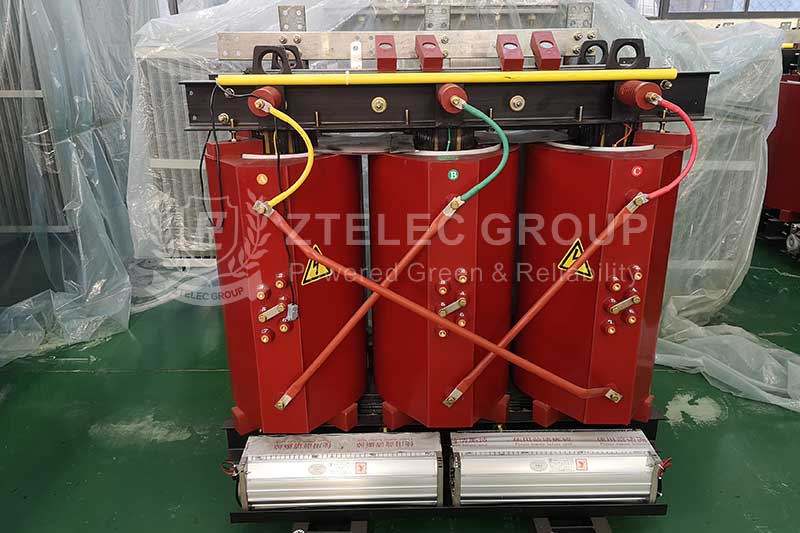What kinds of tests should the transformer do in operation?
Time:2024-11-12 Auther:ZTelec-www.ztelectransformer.com
Transformer testing is essential for ensuring the safety, reliability, and efficiency of transformers in electrical power systems. By identifying and addressing potential issues early, these tests help prevent severe consequences and maintain a stable power supply.

What kinds of tests should the transformer do in operation?
Temperature test: The transformer temperature gauge indicates the upper oil temperature of the transformer. The temperature rise refers to the temperature difference between the upper oil temperature of the transformer and the ambient temperature. During normal operation, the upper oil surface temperature shall not exceed 85℃, and the temperature rise shall not exceed 55℃。
Load measurement: In order to improve the utilization rate of the transformer and reduce power loss, during the operation of the transformer, the actual load of the transformer is measured according to the maximum power consumption period in each quarter. The general load current should be 75% to 90% of the rated current of the transformer.
Voltage measurement: The regulation requires that the voltage variation range should be within the rated voltage±5. If this range is exceeded, tap should be used to adjust the voltage to reach the specified range. Voltmeter is generally used to measure the terminal voltage of the secondary winding and the terminal voltage of the end user respectively.
Insulation Resistance Test:The objective of the insulation resistance test is to ensure that the insulation between the windings and between windings and the transformer core or ground is adequate. In this procedure, a high-voltage DC is applied and the resistance is measured using an insulation resistance tester (megger). The resistance should be high, indicating good insulation. This test helps in detecting insulation deterioration due to moisture, dirt, or aging, which can lead to insulation failure and transformer breakdown.

Why test an active transformer?
1. Ensure safe operation of transformer
Prevent overload operation: The capacity of the transformer can be accurately understood through testing, so as to effectively prevent its overload operation. Overload operation will cause the transformer temperature to rise, insulation aging to accelerate, and may even cause serious accidents such as fire.
Detection of potential faults: Regular testing can find potential problems in the transformer in time, such as reduced insulation performance, poor winding contact, etc., so that appropriate measures can be taken to repair and avoid the expansion of the fault.
2. Optimize power grid performance
Provide accurate data support: Transformer testing can provide accurate data support for power grid planning, help the power sector to rationally configure transformer capacity, optimize the grid structure, and improve the overall efficiency of the power system.
Reduce energy consumption: Testing ensures that the transformer capacity matches the actual load, thus reducing energy consumption. Too much or too little capacity can lead to unnecessary energy consumption, while the right capacity ensures the economic operation of the grid.
3. Ensure power supply reliability
Maintain stable voltage output: Transformer testing helps to ensure that the transformer can maintain a stable voltage output. When the transformer capacity does not match the actual load, there may be voltage fluctuations, affecting the normal operation of the electrical equipment. Through testing, the transformer capacity can be found and adjusted in time to ensure voltage stability.
Preventive maintenance: Status monitoring and fault diagnosis provide data for preventive maintenance to reduce the incidence of sudden faults and ensure power supply reliability.




